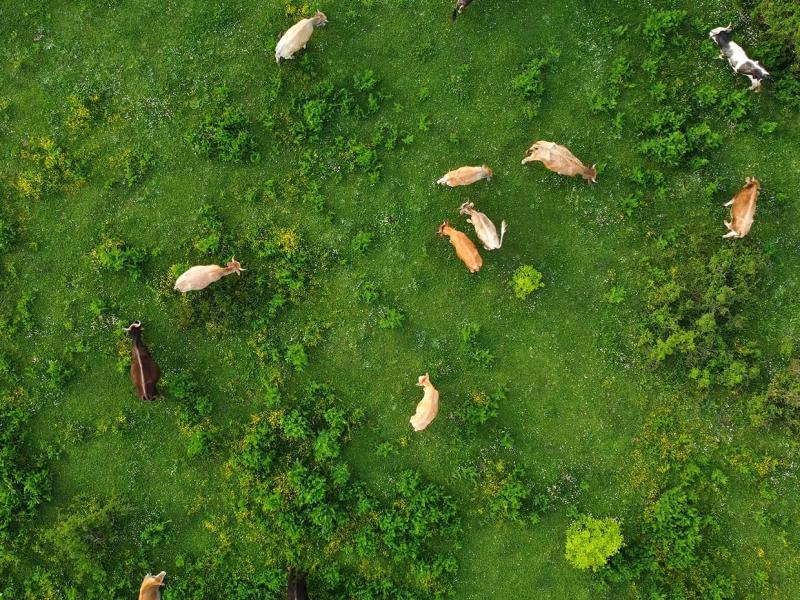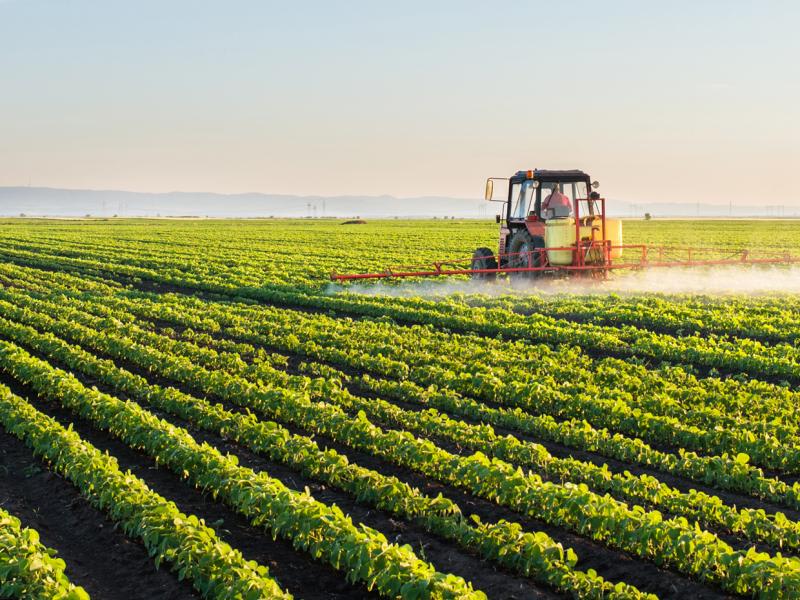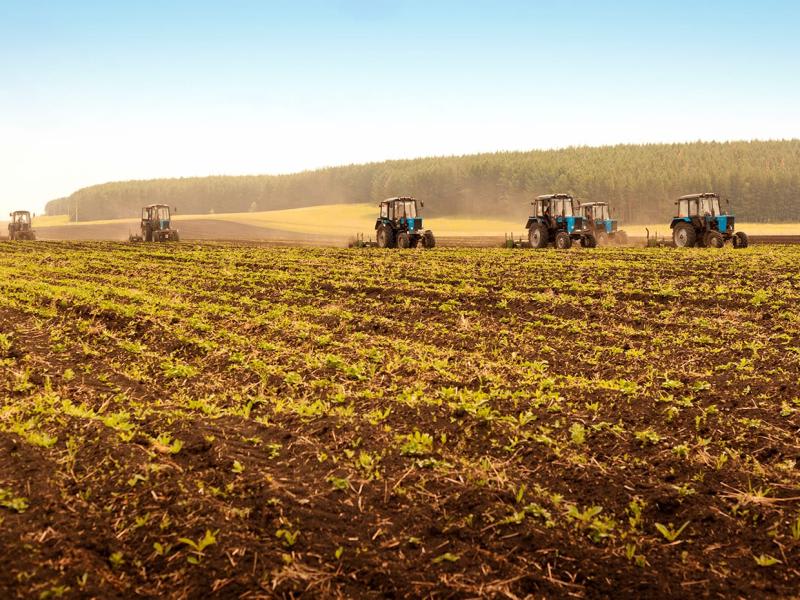Carbon farming is an established industry within Australia that is generating increasing interest across the agricultural sector most recently due to the new Labour government’s greenhouse gas reduction targets.
With opportunities for farmers to improve their own farming practices to increase carbon storage and reduce their own emissions, what is often not known are the significant economic benefits that may be available to farmers in engaging in carbon farming projects.
But what are the basics – and what do the acronyms mean?
A carbon farming activity must be certified and comply with an emissions reduction method by the Clean Energy Regulator (CER), under the Australian Government’s Emissions Reduction Fund (ERF).
An approved carbon farming activity generates Australian Carbon Credits (ACCU). An ACCU represents the avoidance or removal of one tonne of carbon dioxide equivalent greenhouse gas (tCO2-e).
The Safeguard Mechanism administered by the CER requires high-emitting facilities and businesses to keep their emissions below an emissions limit (baseline). Currently, there are 212 facilities and businesses in Australia omitting over 100,000 tonnes of CO2 per year that are required to surrender prescribed carbon units to reduce their net emissions. ACCUs can be used as offsets under the safeguard mechanism.
To generate and sell ACCUs, the ERF has a range of certified activities that may be implemented and from these activities, an organisation can earn ACCUs to be traded and return a monetary value to the organisation.
What agricultural methods are available and where is the best place to start?
The CER currently has 14 approved agricultural methods that can reduce the amount of methane entering the atmosphere. These include soil organic sequestration methods such as tree planting, irrigated cotton fertiliser management as well as piggery, cattle, and dairy emission reduction methods.
To participate in the Emissions Reduction Fund, you must first apply to become an Emissions Reduction Fund participant and register your project to receive ACCUs.
This application includes a Forward Abatement Estimate that specifies the number of years a project is expected to run.
An application must be made before a project commences and cannot be retrospective.
ERF participants must report on their projects at regular intervals and may need to include an audit report verifying the achievements of the project to date.
Once a project starts generating ACCUs the participant will be paid at the agreed price and ACCUs are traded at auction through the regulator.
What are the opportunities for farming businesses to consider now?
RSM assist many farming businesses in making decisions around their farming businesses. RSM also work with ERF Project Proponents, landowners, and their agents in providing assurance on offset reports required to be submitted to the CER and ACCU crediting applications.
Carbon farming and the opportunities a farming business may have to increase not only their earning potential but also their asset value when entering into a discussion on one of the above events with your local RSM advisor may provide not only financial benefits but also of course environmental benefits.
For more information
If you require further information, please reach out to your local RSM office.





